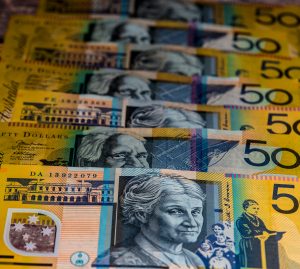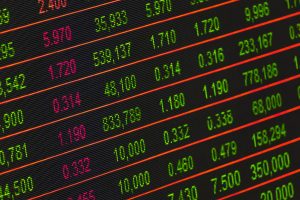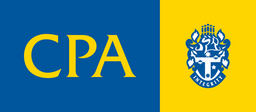Chances for a pre-autumn 2025 rate cut for of Australian agribusiness borrowers are mixed following stronger than expected unemployment numbers indicating continued tightness in the Australian labour market, a persistent threat to price inflation.
Hopes for a cut to the Reserve Bank of Australia’s cash rate in early 2025 were boosted following the central banks’ most recent meeting on 10th December, when policy makers held the official benchmark at 4.35% but shifted to a more dovish tone for future interest rates.
Just two days later, however, the Australian Bureau of Statistics released figures showing the unemployment rate dropping from 4.1% to 3.9%, as the Australian economy added 35,600 jobs, while the participation rate – the percentage of the population working or looking for work – remained at near all-time highs of 67%.
The continued strength of the job market – in a weak economy – feeds concern that wage and price pressures may let loose again, while economic growth stumbles. In September, GDP growth unexpectedly fell to 0.8%, entrenching the Australian economy in the most prolonged downturn since the early-1990s.
Criticism has been leveled at the Federal Government where growth of ‘non-market’ jobs – that is, public sector employees – has been outpacing private sector jobs growth, masking the dour state of the economy and prolonging interest rate stress.
Muddying the water even more is data indicating small business insolvencies are at a four-year high. Debt monitoring service, CreditorWatch, said data released in October showed the failure rate of businesses had reached Covid-era levels of around 5.08%, citing the rising cost of doing business and the ATO’s pursuit of tax debts as two of the three main factors causing failures.
US Fed Cuts Rates, warns fewer to come
The RBA’s position on official rates has been counter to a growing list of global central banks that have been cutting rates to head off a hard landing in their economics.
The US Federal Reserve cut their rates again in December to the 4.25%-4.50% range, in line with their view that inflation pressures were receding in the US economy. However, US Fed chief Jerome Powell signalled fewer cuts in 2025, dashing investor hopes that a return to extremely low rates could boost returns.








